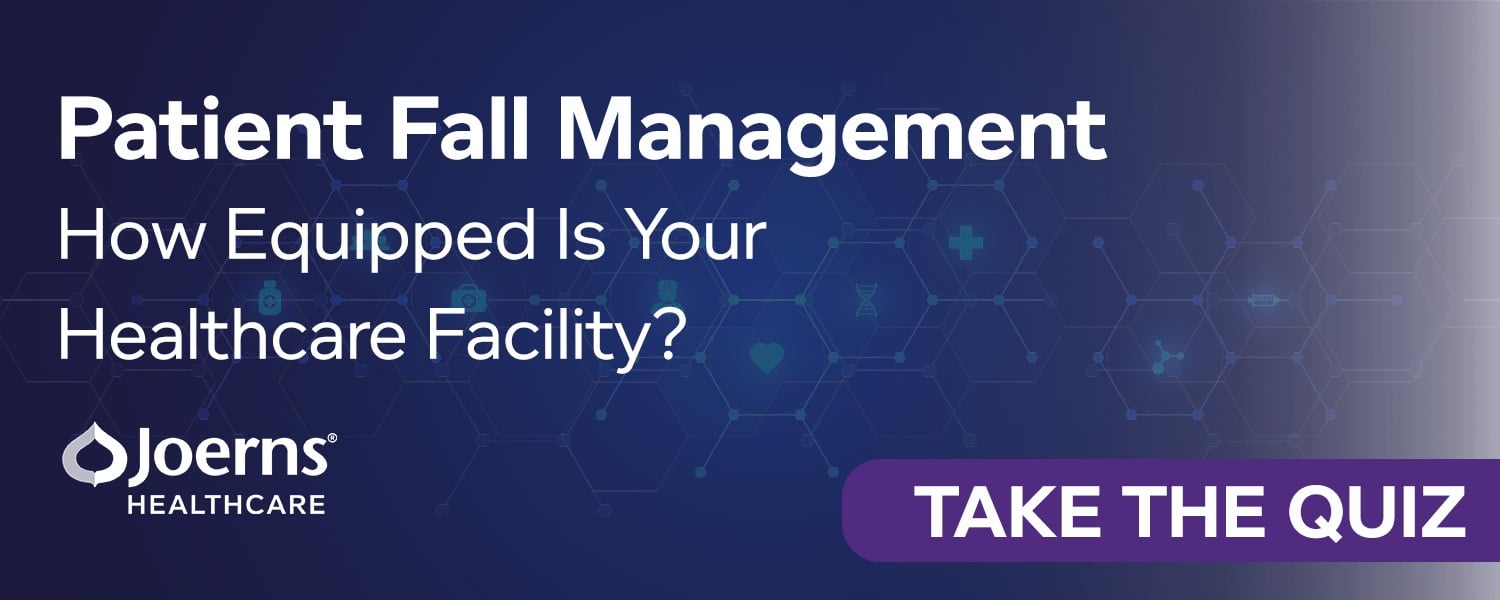Falls can have a devastating impact on patients in skilled nursing facilities. They are, unfortunately, a common occurrence, with 1.5 falls per bed per year in the average long-term care facility. Falls can cause serious injuries that require hospitalization and affect patients’ quality of life. For healthcare facilities, they lead to increased cost of care and also increase the risk of litigation.
Medical equipment plays an important role in reducing the risk of falls in many different ways. It can help to warn others that a patient is engaging in an unsafe activity, prevent patient falls, and reduce the impact of a fall that does occur.
Remote Patient Monitoring
Remote patient monitoring (RPM) is a newer technology that can significantly prevent patient falls in healthcare facilities. RPM systems use sensors to track a patient’s movements and activities. If a patient begins to fall, the system automatically sends an alert to a staff member, who can then provide assistance. In addition, RPM systems can be used to identify patients who are at a high risk of falling and provide them with extra care and supervision. As a result, RPM has the potential to save lives by reducing the number of falls in healthcare facilities.
Lessening Impact
Medical equipment like floor mats can also play an important role in reducing the harm from patient falls. By providing a cushioned surface, they help to absorb the impact of a fall and reduce the risk of injury..
When used in combination with other fall prevention measures, such as bed rails and grab bars, floor mats can help to significantly reduce the risk of patient falls. As a result, they are an essential part of any fall prevention program.
Physically Reducing Risks
Most medical equipment used to prevent patient falls works by physically reducing the risk of a fall actually occurring. These devices fall into two broad categories, devices that reduce the risk of falls while stationary in bed or in a chair and devices that reduce the risk of falls while moving from one area to another. The first category includes items such as bed alarms, which alert caregivers when a patient is getting out of bed unassisted, and bed rails, which provide support and stability.
The second category includes items such as gait belts, which help to transfer patients safely, and raised toilet seats, which make it easier to get on and off the toilet without losing balance. By using these devices, healthcare facilities can significantly reduce the number of falls that occur each year.
Risk Reduction While Stationary
Preventing patient falls while stationary generally involves the use of devices such as chairs, beds, or toilet seats that are specifically designed for enhanced safety. For example, healthcare facility beds often have assist devices or other safety features built in to prevent falls, and some chairs may be designed to be difficult to get out of without assistance. Toilet seat devices may also be added to normal toilet covers to help someone reposition more easily or move without standing.
Risk Reduction While Transferring
Transfers are a time when the risk of falling is quite high. Moving from bed to a chair, walking to the bathroom, or even getting into a wheelchair are all times when falls are more likely to occur. Using equipment to prevent patient falls during these more vulnerable times can significantly reduce fall risks.
Equipment that can be used to prevent patient falls while transferring can include walkers, Hoyer lifts, assist devices, wheelchairs, sit-to-stand lifts, and many other types of equipment. New fall-prevention equipment is constantly being developed and entering the market, significantly enhancing facilities’ ability to promote the safety of their patients.
Equipment Availability
Having the right equipment is a vital component of any falls management program, however, making sure that the right piece of equipment is in the right place when it is needed is essential. If equipment is not at hand when necessary, it is unlikely to be used. This negates the benefit the equipment offers but still creates the burden of the cost of the equipment.
An asset management solution improves the accessibility of falls management equipment and enables staff access to the equipment they need when they need it. This promotes their ability to help patients safely ambulate and transfer, ultimately reducing the risk of falls.
Implement the evidence-based fall-prevention interventions described in this article to improve patient safety in the healthcare facility. For more information on controlling your skilled nursing patients’ fall risk and adopting modern fall prevention protocols, get in touch with us.
